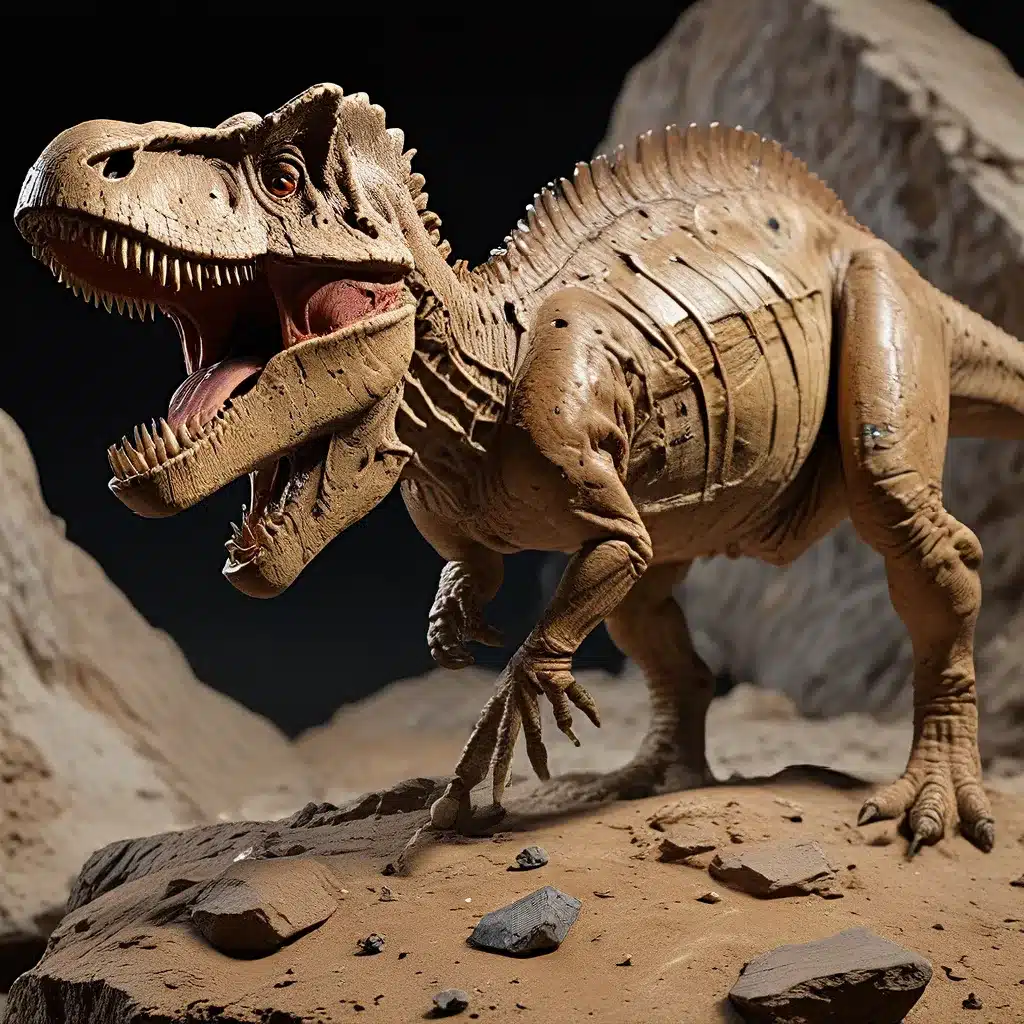
The world of paleontology is a treasure trove of ancient wonders, and among the most captivating are the rare and valuable dinosaur fossils that continue to be unearthed across the globe. From the majestic Tyrannosaurus rex to the enigmatic Triceratops, these fossilized remnants of prehistoric giants have captivated the imagination of scientists and the public alike. In this comprehensive exploration, we delve into the fascinating stories behind some of the rarest and most valuable dinosaur fossils ever discovered, shedding light on the rich history and cultural significance of these Jurassic jewels.
The Significance of Dinosaur Fossils
Dinosaur fossils are not merely relics of the past; they are windows into a bygone era, revealing insights into the evolution, behavior, and environments of these remarkable creatures. Each fossil, painstakingly excavated and meticulously studied, has the potential to unlock new chapters in the story of life on Earth. From the intricate bone structures that shed light on the physiology of these ancient beasts to the fossilized imprints of their skin and feathers, every discovery offers a tantalizing glimpse into the prehistoric world.
The value of dinosaur fossils extends far beyond their scientific significance. These fossils have become cultural touchstones, inspiring awe and wonder in people of all ages. The discovery of a rare or well-preserved specimen can capture the public’s imagination, sparking renewed interest in the mysteries of the past and the evolution of life on our planet.
Rarest and Most Valuable Dinosaur Fossils
Among the rarest and most valuable dinosaur fossils are those that provide a glimpse into the early stages of a dinosaur’s life cycle. The recent discovery of a juvenile Tyrannosaurus rex fossil in North Dakota’s badlands is a prime example. As reported by the Denver Museum of Nature & Science, the fossil was found by a team of young fossil enthusiasts, including brothers Jessin and Liam Fisher, their father Sam Fisher, and their cousin Kaiden Madsen. This remarkable find, known as the “Teen Rex,” is only the second nearly complete juvenile T. rex skeleton ever discovered, offering unprecedented insights into the growth and development of one of the most fearsome predators to have ever walked the Earth.
Another highly sought-after and valuable dinosaur fossil is the complete skeleton of a Tyrannosaurus rex. Nicknamed “Sue,” this remarkable specimen was discovered in 1990 in South Dakota’s Cheyenne River Indian Reservation and is considered one of the most complete and well-preserved T. rex skeletons ever found. As explored in the videos from the Whitby Fossils channel, the discovery and excavation of Sue were a major event in the world of paleontology, leading to a bidding war that ultimately resulted in the fossil being sold at auction for a record-breaking $8.36 million.
Equally captivating are the rare feathered dinosaur fossils that have been discovered in recent decades, particularly in the Liaoning Province of China. These exquisitely preserved specimens, such as the Microraptor and Archaeopteryx, have revolutionized our understanding of the evolutionary relationship between dinosaurs and birds, blurring the lines between these two groups and challenging long-held assumptions about the origins of flight.
The Cultural Significance of Dinosaur Fossils
Dinosaur fossils have captured the imagination of people worldwide, transcending their scientific value and becoming integral to our cultural heritage. These ancient relics have inspired countless works of art, literature, and popular media, from the iconic T. rex in the Jurassic Park franchise to the whimsical depictions of dinosaurs in children’s books and museum exhibits.
Beyond their entertainment value, dinosaur fossils have also played a crucial role in shaping our understanding of the natural world and our place within it. The study of these ancient creatures has led to groundbreaking discoveries about evolutionary processes, mass extinctions, and the dynamic changes that have shaped the planet over millions of years. As we continue to uncover new and exciting fossils, our appreciation for the rich tapestry of life on Earth only grows stronger.
The Challenges of Fossil Preservation and Conservation
The preservation and conservation of dinosaur fossils are vital to ensuring their long-term survival and accessibility for future generations of researchers and enthusiasts. Fragile bones, delicate imprints, and the inherent instability of certain fossil materials pose significant challenges for those tasked with safeguarding these priceless relics.
Cutting-edge techniques in paleontology, such as 3D scanning and digital preservation, have become essential tools in the effort to protect and study these fossils. Additionally, collaboration between scientists, museums, and government agencies has been crucial in developing comprehensive strategies for the management and protection of fossil sites, ensuring that these Jurassic jewels remain accessible and well-cared for.
The Future of Dinosaur Fossil Discoveries
As our understanding of the prehistoric world continues to evolve, the future of dinosaur fossil discoveries promises to be both exciting and transformative. Advancements in technology, from high-resolution imaging to advanced excavation methods, have the potential to uncover new and previously undiscovered species, as well as shed light on the intricate details of dinosaur anatomy, behavior, and ecology.
Moreover, the ongoing efforts of dedicated paleontologists, amateur fossil enthusiasts, and conservation-minded organizations will undoubtedly lead to the unearthing of more rare and valuable dinosaur fossils, each one offering a unique opportunity to expand our knowledge and appreciation of the Jurassic world. As we continue to explore the depths of the Earth’s past, the Jurassic jewels that await us hold the power to captivate, enlighten, and inspire generations to come.


